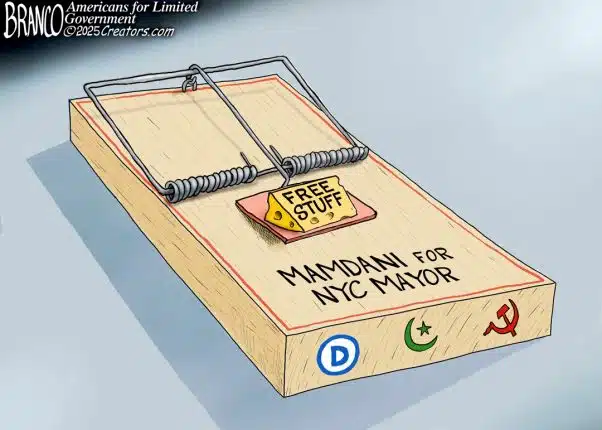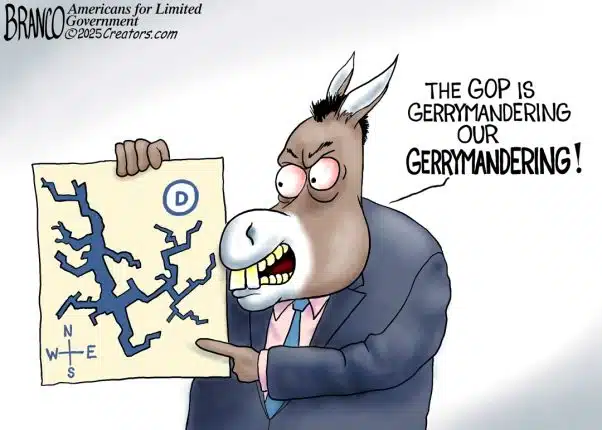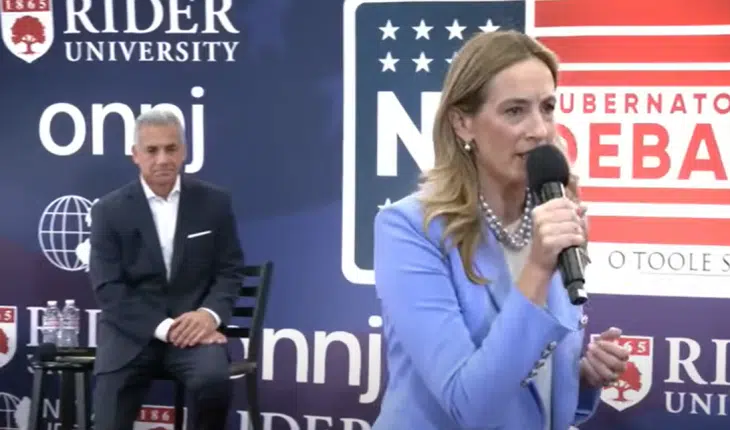By Robert Romano — Call it the latest iteration of the pot and the kettle.
The Federal Housing Finance Agency (FHFA) is suing 17 of the world’s largest banks for as much as $30 billion of losses incurred by Fannie Mae and Freddie Mac from the purchase of some $189 billion subprime and Alt-A mortgage-backed securities from the banks.
The government is claiming that the banks “falsely represented” the quality of the loans that were bundled into securities and sold to the Government Sponsored Enterprises (GSEs). And, that they “significantly overstated the ability of the borrower to repay their mortgage loans.”
That would actually be rather incredible, considering how weakened the underwriting standards of the GSEs and overall lending practices have been over the past twenty years by the government. The whole point of the Department of Housing and Urban Development’s “affordable housing goals” imposed on Fannie and Freddie was to extend mortgage financing to at-or-below median income borrowers.
As American Enterprise Institute senior fellow Peter Wallison — who served on the Financial Crisis Inquiry Commission — notes, “in order to certify to HUD that they had met the [affordable housing] quotas in any year, Fannie and Freddie had to know the percentage of loans in each pool that contributed to meeting the affordable housing goals and subgoals.”
Those goals were expanded from 30 percent in 1993 to 56 percent by 2008 of the total loans the GSEs acquired. Wallison explains: “in order to meet these government quotas, Fannie and Freddie resorted to buying mortgage-backed securities based on subprime loans… Wall Street and other firms made up pools of loans specifically to meet the GSEs’ requirements, and eventually Fannie and Freddie became the largest purchasers of the mortgage-backed securities issued against these pools of low-quality loans.”
Therefore, most likely the GSEs knew exactly what they were buying, which is precisely what the banks are arguing. A statement from Bank of America made clear that Fannie and Freddie “claimed to understand the risks inherent in investing in subprime securities and, in fact, continued to invest heavily in those securities even after their regulator told them they did not have the risk management capabilities to do so.”
That would be rather embarrassing. The question is: Did Fannie and Freddie understand what subprime and Alt-A — i.e. non-traditional mortgages were?
Research by Wallison’s colleague, former chief credit officer of Fannie Mae and American Enterprise Institute senior fellow Edward Pinto explains the federal government’s role in causing the housing crisis by weakening lending standards, thus creating the market for the mortgages that choked up the system.
In a footnote, Pinto reminds readers exactly what subprime and Alt-A mortgages are: “Loans with weak or high risk characteristics are defined as either subprime (loans to borrowers with weakened credit histories) or Alt-A loans (loans with low or no documentation requirements or some other feature that was ‘alternative to agency’ (hence, the term ‘Alt-A’)—i.e., did not meet the traditional underwriting guidelines of the GSEs”.
So, by definition, by getting into the subprime and Alt-A market, the GSEs were knowingly acquiring mortgages that carried a higher risk of default. So, how could the banks have overstated the borrowers’ abilities to repay?
In short, the government created the regulations that forced banks to offer loans to borrowers that could not afford to repay them, forced the GSEs to purchase said loans through quotas, and now is suing the banks for helping to meet the GSEs’ demand for the weaker loans.
To call this hypocritical would be an understatement.
Overall, according to Pinto’s research, Fannie and Freddie held $1.835 trillion in higher-risk mortgages and mortgage-backed securities by 2008: $1.646 trillion, were GSE-issued mortgage-backed securities, and the $189 billion of subprime and Alt-A private mortgage-backed securities. That makes the privately-issued securities but a fraction of the overall crisis.
The government did it.
Writes Pinto, “As of June 30, 2008 over 70 percent of the 26.7 million [non-traditional mortgages] NTMs with weak or high risk characteristics — 19.25 million loans — were owned or guaranteed by (a) Fannie Mae and Freddie Mac (11.9 million), (b) the Federal Housing Administration and other federal agencies (4.8 million); (c) Federal Home Loan Bank (FHLB) investments in Alt-A and Subprime Private MBS (0.3 million) or (d) banks and other lenders originating loans pursuant to CRA requirements and HUD’s Best Practices program (2.2 million, net of CRA loans already accounted for in (a) and (b). These numbers suggest that government policies and requirements were the source of the loans with weak or high risk characteristics, and thus the cause of the financial crisis.”
Astonishingly, because of the implicit backing of taxpayers, Pinto notes that the GSE-issued securities were automatically granted AAA bond ratings, and the GSEs were even able to misrepresent the quality of mortgages that underlined those securities.
So, the thing the government is suing the banks for — it should be suing itself for. This is like a drug dealer suing its customers for dying.
Robert Romano is the Senior Editor of Americans for Limited Government.






